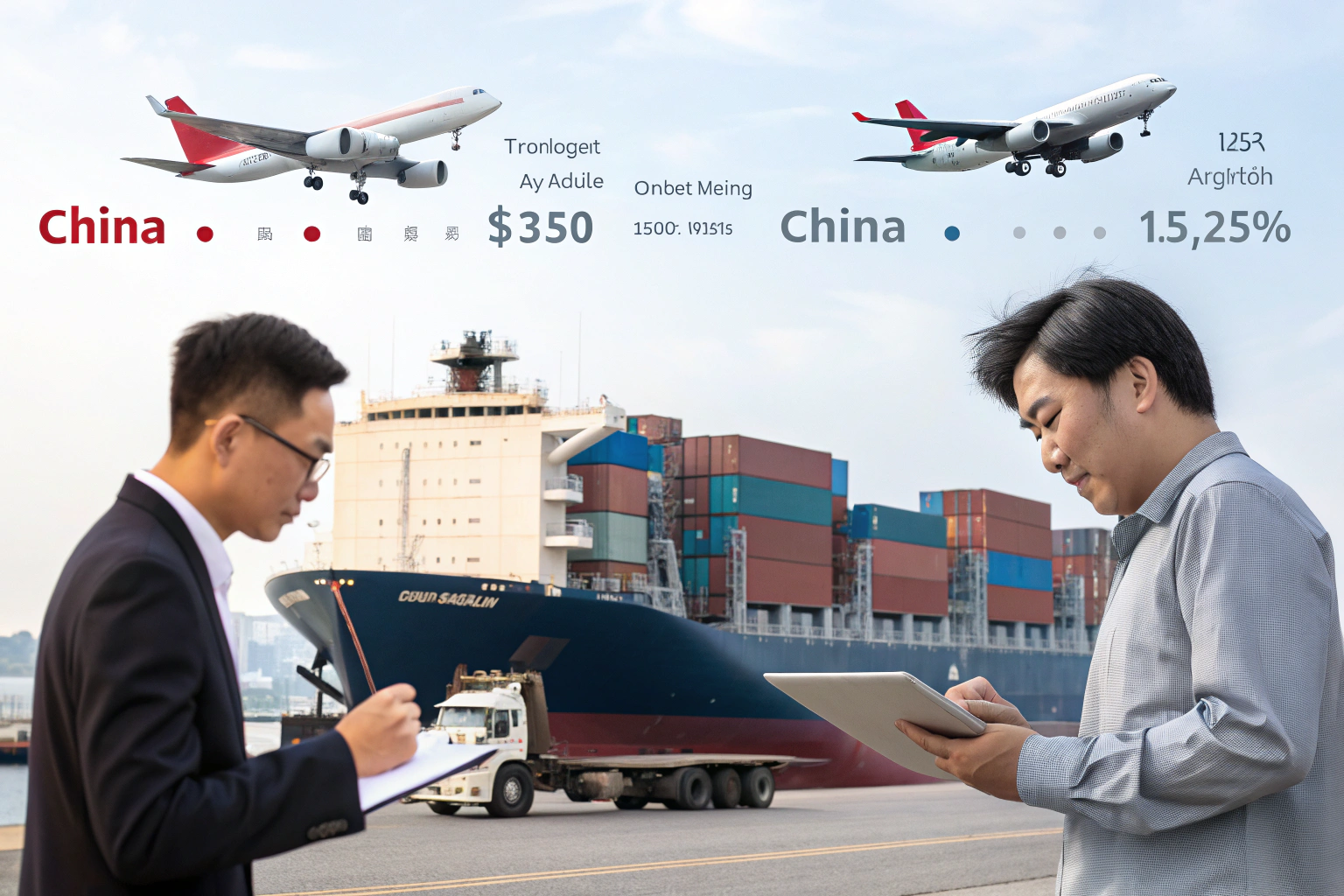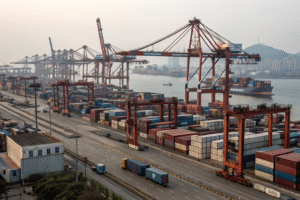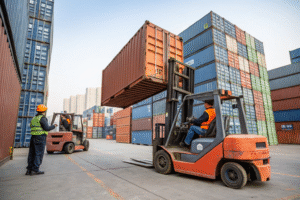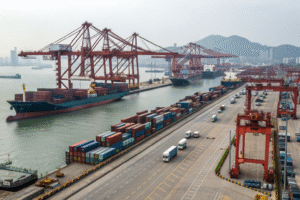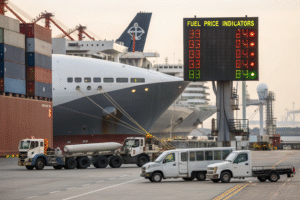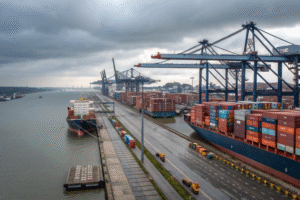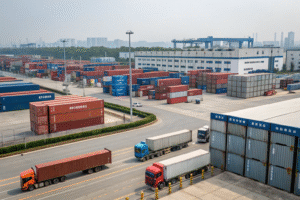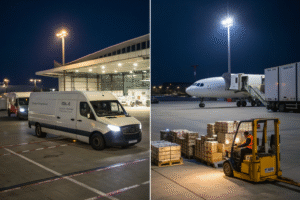Finding cost-effective shipping solutions from China to the USA is a constant challenge for businesses looking to maintain competitive pricing. With multiple transportation options available, each with different cost structures and delivery timelines, selecting the right method requires careful analysis of your specific needs and constraints.
The cheapest shipping method from China to the USA is typically ocean freight, specifically Full Container Load (FCL) shipments for larger volumes and Less than Container Load (LCL) for smaller quantities. For urgent but cost-sensitive shipments, air-sea combined transport offers a middle ground between pure air freight and standard ocean shipping.
Let's examine the specific cost factors, hidden expenses, and strategic approaches that can help you minimize shipping costs while maintaining reliable service levels for your China-USA supply chain.
How does ocean freight compare to other shipping methods?
Ocean freight remains the most economical choice for most China-USA shipments, particularly for goods that aren't time-sensitive. The significant capacity of container ships creates economies of scale that air freight cannot match, resulting in substantially lower per-unit costs for most commodities.
For a standard 40-foot container shipping from Shanghai to Los Angeles, ocean freight typically costs between $3,000-$6,000, translating to just pennies per pound for dense cargo. In comparison, air freight for the same quantity would cost $8-$15 per pound, making it 8-10 times more expensive. The trade-off comes in transit times: ocean freight takes 18-25 days versus 3-7 days for air freight. For businesses that can plan ahead, this time difference is often worth the substantial cost savings.

When is FCL more cost-effective than LCL?
Full Container Load (FCL) shipping becomes more economical than Less than Container Load (LCL) when your cargo reaches certain volume thresholds. The general rule of thumb suggests FCL becomes cheaper when you have:
- 13-15 CBM for a 20-foot container
- 25-28 CBM for a 40-foot container
- 18+ tons of weight for most commodity types
Beyond these thresholds, you're essentially paying for unused space in an LCL shipment. FCL also offers better security, faster port handling, and reduced risk of damage from other shippers' goods. The exact breakpoint varies by commodity and current freight rates, so we provide specific calculations for each client's situation.
What are the hidden costs in ocean shipping?
Many businesses focus solely on the ocean freight charge while overlooking other significant costs:
- Terminal handling charges at both origin and destination ports
- Fuel surcharges (bunker adjustment factors) that fluctuate with oil prices
- Peak season surcharges during high-demand periods
- Port congestion fees when terminals experience delays
- Demurrage and detention charges if containers aren't returned promptly
- Customs bond costs required for US import compliance
A professional freight forwarder provides all-inclusive pricing that reveals these hidden costs upfront, preventing budget surprises.
How can consolidation services reduce your costs?
Consolidation services offer significant savings for small and medium-sized businesses that don't generate enough volume for full container shipments. By combining multiple shippers' cargo into single containers, consolidation creates economies of scale that individual businesses cannot achieve independently.
We operate regular consolidation services from major Chinese ports like Shanghai, Ningbo, and Shenzhen to key US gateways including Los Angeles, Long Beach, and New York. These services typically offer 20-40% savings compared to standard LCL rates while providing more consistent sailing schedules and better cargo protection. The shared cost model makes international shipping accessible and affordable for businesses of all sizes.

What types of goods benefit most from consolidation?
Consolidation works particularly well for:
- E-commerce merchandise from multiple sellers
- Retail store inventories with mixed product categories
- Small manufacturing components and raw materials
- Sample shipments and product testing quantities
- Seasonal products with limited volume requirements
Goods that are standardized, properly packaged, and don't require special handling integrate most smoothly into consolidation programs, maximizing the cost savings.
How does digital consolidation management work?
Modern consolidation services use technology to optimize the process:
- Automated cargo matching pairing compatible shipments
- Real-time tracking of individual consignments within consolidated containers
- Digital documentation management for all participants
- Automated cost allocation based on actual space utilization
- Performance analytics identifying optimization opportunities
These technological advancements make consolidation more reliable and transparent than ever before, addressing traditional concerns about cargo visibility and control.
What role do Incoterms play in cost optimization?
The International Commercial Terms (Incoterms) you choose significantly impact your total shipping costs and risk allocation. Selecting appropriate Incoterms can reduce expenses, simplify budgeting, and prevent unexpected charges that erode your profit margins.
For cost-conscious shippers, FCA (Free Carrier) often provides the best balance of control and cost efficiency when shipping from China. This term means your supplier delivers the goods to a designated location where we take over responsibility. This approach gives us control over the China-side logistics while preventing suppliers from adding excessive markup to shipping services. For US-bound shipments, DAP (Delivered at Place) typically offers better value than DDP unless you lack the resources to handle US customs clearance.

How can proper Incoterms selection prevent cost surprises?
Strategic Incoterms choices help businesses:
- Eliminate duplicate charges from overlapping responsibilities
- Control carrier selection avoiding supplier-marked-up transportation costs
- Manage risk appropriately based on actual control capabilities
- Budget accurately with clear responsibility boundaries
- Optimize insurance coverage matching actual risk exposure
Many businesses discover they've been paying for services twice or assuming risks inappropriately due to poorly chosen Incoterms in their supplier contracts.
What is the most cost-effective Incoterm for China exports?
For most businesses shipping from China, FCA (Factory/Free Carrier) delivers the best cost control because:
- You control China-side logistics rather than paying supplier markup
- Clear responsibility transfer at a defined location in China
- Flexibility in carrier selection based on competitive pricing
- Reduced administrative burden on your suppliers
- Better cost transparency throughout the supply chain
This approach typically reduces China-origin costs by 15-25% compared to FOB terms where suppliers arrange pre-carriage.
How can technology and planning reduce shipping costs?
Advanced planning and technology utilization represent some of the most powerful tools for controlling shipping costs. Businesses that leverage data analytics, booking platforms, and strategic timing typically achieve significantly better rates than those making ad-hoc shipping decisions.
Our digital platform provides real-time rate comparisons across multiple carriers, predictive analytics for seasonal rate fluctuations, and automated procurement ensuring the best available pricing. Early booking (3-4 weeks before cargo readiness) typically secures rates 10-20% below last-minute arrangements. These technological capabilities, combined with strategic planning, create sustainable cost advantages rather than one-time savings.
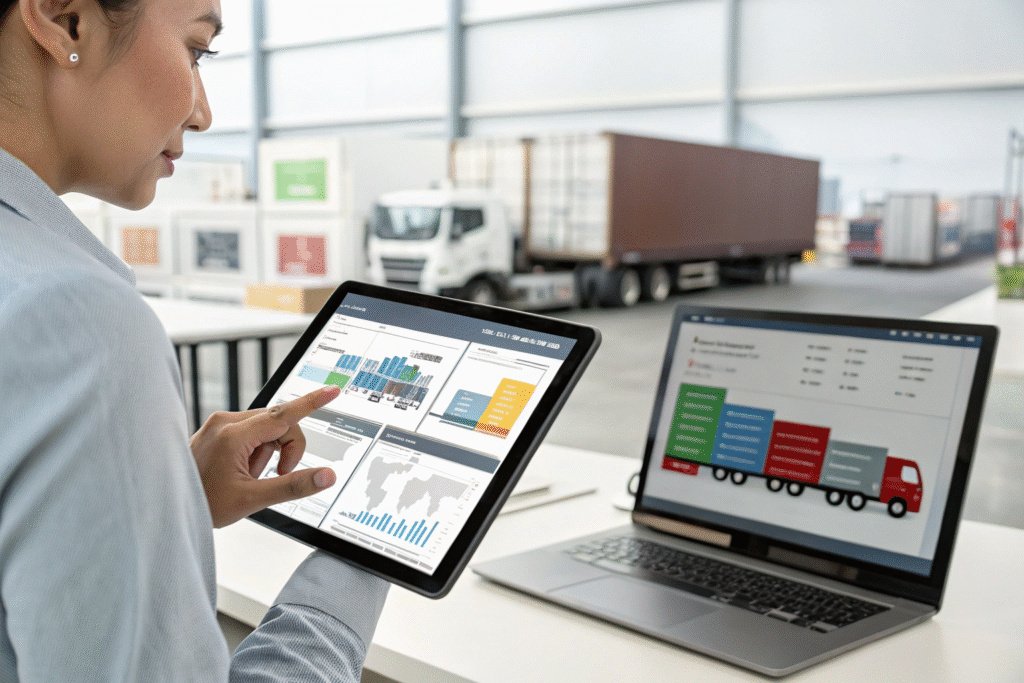
What planning strategies yield the best rates?
Proactive planning approaches that reduce costs include:
- Seasonal forecasting avoiding peak surcharge periods when possible
- Consistent volume commitments securing capacity agreements with carriers
- Multi-modal optimization blending transport methods for cost efficiency
- Port pair diversification using alternative gateways during congestion
- Lead time management balancing inventory carrying costs against freight rates
Businesses that implement structured planning processes typically achieve 15-30% better freight rates than those operating reactively.
How does payment timing affect shipping costs?
Payment strategies can influence your total costs:
- Currency selection paying in local currencies to avoid exchange markups
- Early payment discounts taking advantage of carrier incentives
- Consolidated billing reducing administrative costs
- Credit term optimization matching payment timing to cash flow cycles
- Audit rights protection ensuring cost verification capabilities
These financial management aspects complement the physical logistics to optimize total supply chain costs.
Conclusion
The cheapest shipping method from China to the USA depends on your specific cargo characteristics, timeline requirements, and business model. While ocean freight generally offers the lowest per-unit costs, the optimal solution often involves strategic combinations of transportation modes, consolidation services, proper Incoterms selection, and technology-enabled planning. By understanding the complete cost structure rather than focusing solely on base freight rates, businesses can achieve sustainable savings while maintaining reliable supply chain performance. The most successful importers treat shipping cost optimization as an ongoing process rather than a one-time decision, continuously refining their approach as market conditions and business needs evolve.
